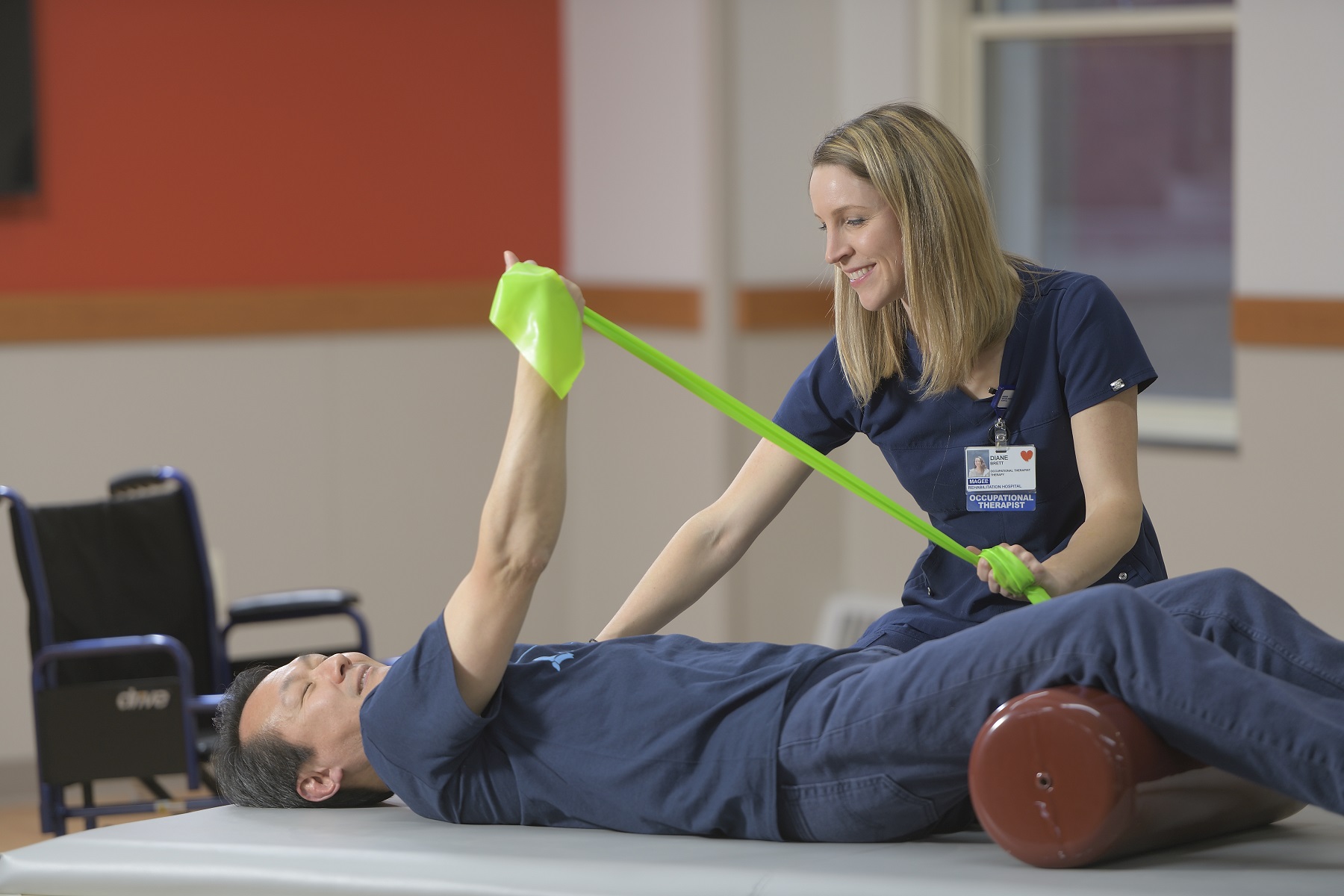Empowering Healing Via Cardiopulmonary Physical Treatment in the Process of Post-Surgical Rehabilitation
Empowering Healing Via Cardiopulmonary Physical Treatment in the Process of Post-Surgical Rehabilitation
Blog Article
Cardio-pulmonary physiotherapeutic therapy serves a vital role in assisting patients heal following surgery, especially for those who have undergone procedures impacting the heart and lungs. Healing from an operation can be a difficult journey, frequently accompanied by pain, exhaustion, and restricted movement. However, with the right approach and support, patients can regain their strength and enhance their overall health. This type of therapy concentrates on improving the function of the heart and lungs, which is crucial for a successful recovery.
One of the primary goals of cardiopulmonary physical treatment is to enhance heart and lung endurance. After surgery, patients may experience decreased stamina, making everyday tasks feel more tiring. Through a carefully planned fitness program, physical therapists assist patients in gradually increasing their activity levels. This may consist of activities such as walking, bicycling, or targeted breathing exercises. These activities not only aid build power but also increase lung capacity, which is crucial for guaranteeing that the body receives enough air.
Moreover, cardiopulmonary physical treatment highlights the importance of breathing methods. Many post-operative individuals may struggle with deep respiration due to pain or limited mobility. Physical therapists instruct individuals how to perform deep respiratory exercises, you can check here which can help increase the pulmonary system and clear out any mucus that may have built up during the healing process. Appropriate breathing methods are crucial to prevent issues such as lung infections, which can occur if the pulmonary system are not functioning effectively. By concentrating on these methods, individuals can enhance their recovery and general pulmonary health.
Another key component of this type of treatment is education. Therapists provide important information about the recovery journey, including what patients can expect during healing. They clarify how to identify warning signs that may indicate complications, helping individuals feel more in charge of their health. Understanding the role of physical activity in healing allows individuals to assume an engaged part in their healing journey. This empowerment is essential for fostering self-assurance and encouraging a constructive outlook during recovery.
In conclusion, cardio-pulmonary physiotherapeutic treatment is an essential aspect of post-surgical recovery for patients experiencing cardiac and pulmonary operations. By concentrating on improving heart and lung endurance, teaching breathing techniques, and providing education, physical therapists enable patients to assume control of their recovery. This specialized therapy not only aids in bodily healing but also supports emotional well-being, making the process of recovery smoother and more manageable. With the right support and guidance, patients can effectively regain their vitality and go back to their regular lives.